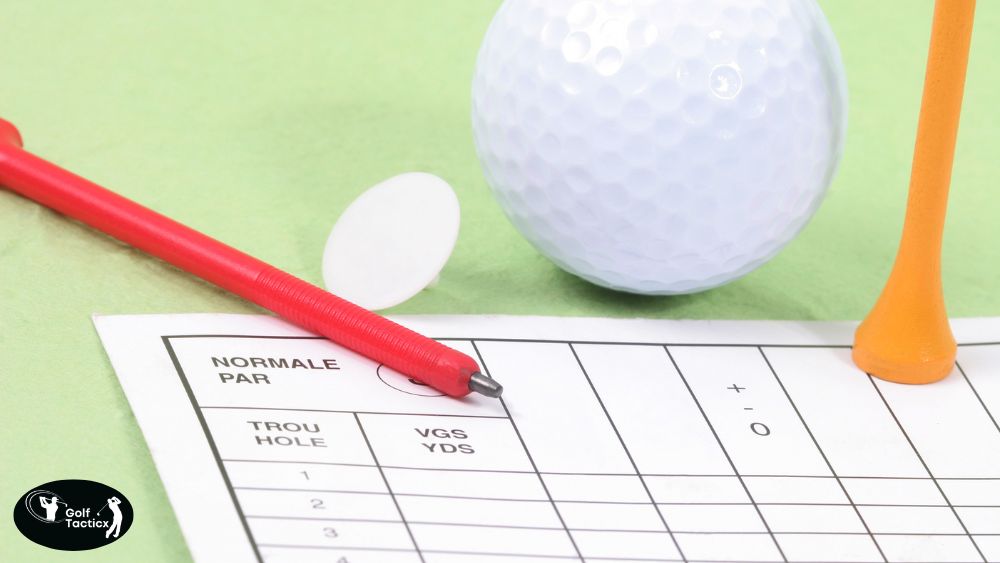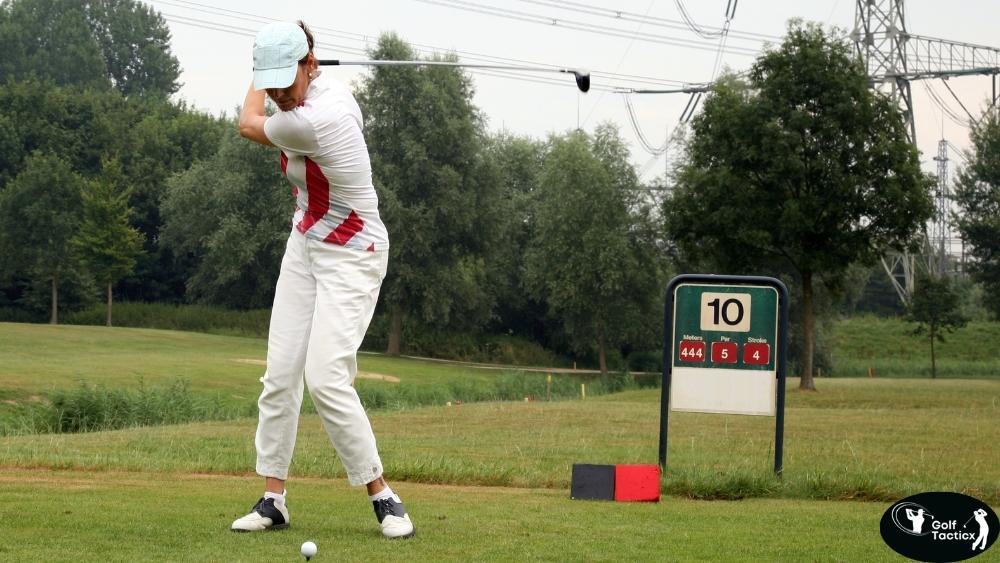In our last post, we discussed how to improve your golf game by adjusting your club selection based on different course conditions for better shots and overall performance.
Effectively Use a Yardage Book During a Round” is a crucial skill that can significantly enhance your game. Knowing how to effectively use a yardage book during a round helps you make more informed decisions on the course, from club selection to shot placement.
It allows you to visualize the layout of the holes and understand critical distances. To effectively use a yardage book during a round, it’s essential to combine the information from the book with your own judgment, while wearing comfortable golf shoes to ensure you remain focused and at ease throughout your game.
Understanding Your Yardage Book
Before diving into how to use it, let’s go over what’s typically included in a yardage book:
| Section | Information Provided |
| Hole Layout | Overview of the hole’s shape and hazards |
| Distances | Yardages from different landmarks (tees, bunkers, water hazards) |
| Green Details | Size, slope, and tiers of the green |
| Landing Zones | Recommended areas for tee shots and approaches |
Understanding these elements will allow you to interpret and apply the information effectively during your round.
Pre-Round Preparation
Before your round starts, take a few minutes to study the yardage book:
Identify holes with significant hazards or tight fairways.
Mark personal notes based on previous experiences on the course.
Plan your strategy for key holes, deciding where you want to land your shots.
This pre-round study will help you feel more confident when stepping up to each shot.
Using the Yardage Book on the Tee Box
When you step onto the tee, take a moment to analyze the hole using your yardage book:
Identify the best landing zone based on distances and hazards.
Determine whether you should use a driver, fairway wood, or iron.
Consider wind conditions and elevation changes before selecting your club.
Pro Tip: If the hole has a narrow fairway or a bunker in your landing area, a 3-wood or long iron may be a safer option than a driver.
Navigating Approach Shots
When approaching the green, your yardage book becomes even more valuable:
Check the yardage to the front, middle, and back of the green.
Note any hazards or slopes that could impact your shot.
Adjust for elevation changes, wind, and green firmness.
If the green is well-protected by bunkers, aim for the safer part of the green rather than attacking a risky pin location.
Reading the Green with Your Yardage Book
Most yardage books include detailed green maps showing contours and slopes. Use these details to:
Identify which areas of the green will funnel the ball toward the hole.
Avoid putting yourself in tough positions (like downhill putts from above the hole).
Select an approach shot that leaves you with the easiest possible putt.
Pro Tip: If a pin is tucked in a difficult spot, aim for the middle of the green to give yourself a better chance at par or birdie.
Keeping Notes for Future Rounds
Every round you play is an opportunity to gather more data for future rounds. After finishing a hole, jot down key takeaways in your yardage book, such as:
Which club worked best off the tee?
Did a certain approach shot leave you with a tough putt?
Were there unexpected breaks in the green?
These notes will help you refine your strategy and play smarter the next time you tackle the course.
Conclusion
In conclusion, effectively using a yardage book during a round is a game-changer for golfers of all skill levels. It provides valuable insights into the course layout, helping you plan your shots with precision and confidence. By practicing the techniques for reading and interpreting the book, you can make smarter decisions that improve your overall performance.
Remember, wearing the right golf shoes and staying comfortable throughout the round also contributes to your ability to focus on each shot. Mastering the art of using a yardage book will elevate your game and give you a strategic advantage on the course.
Next up: What are the best strategies for playing risk-reward holes? Stay tuned to master the art of high-stakes decision-making on the golf course!
















Leave a Reply